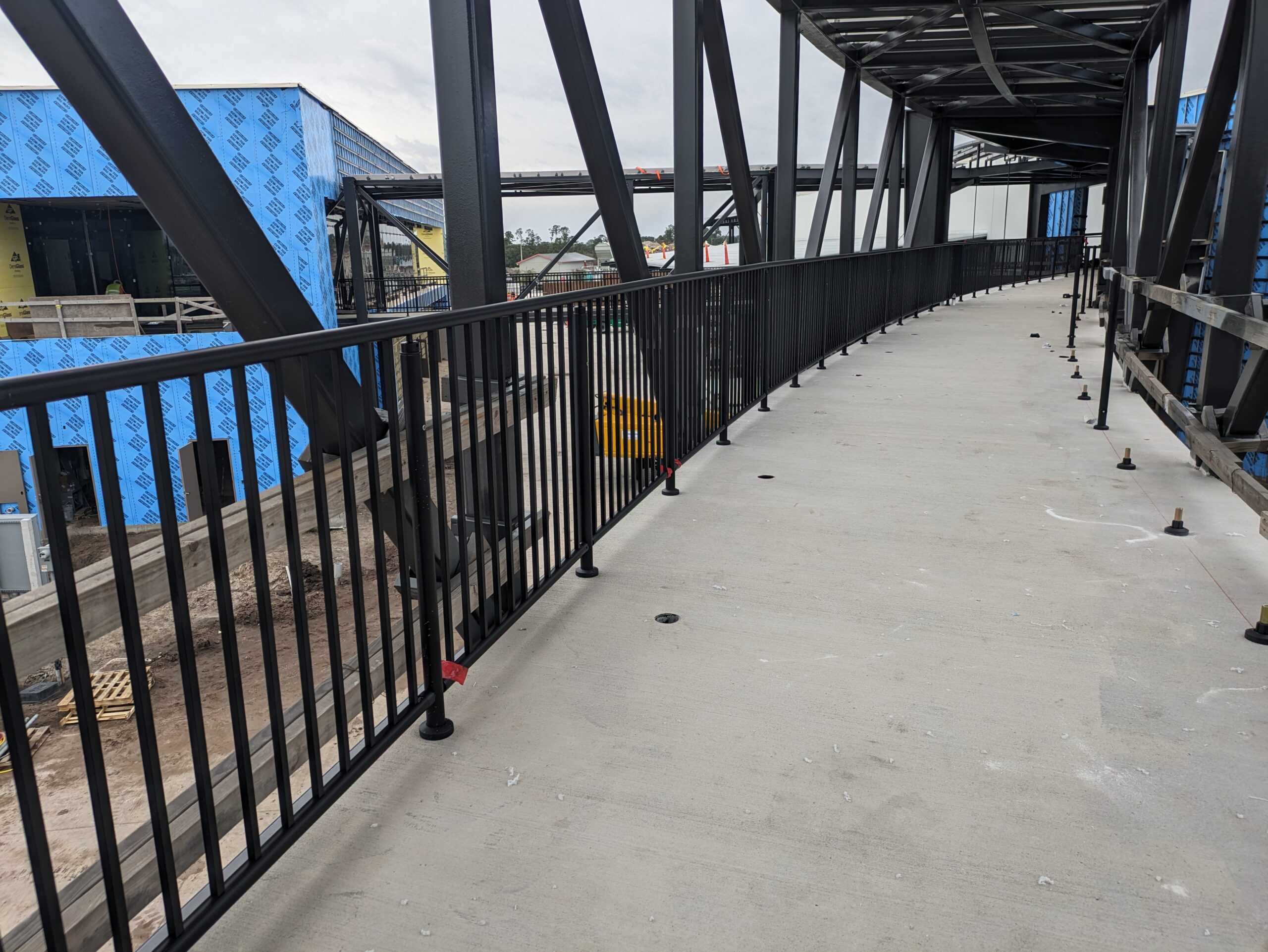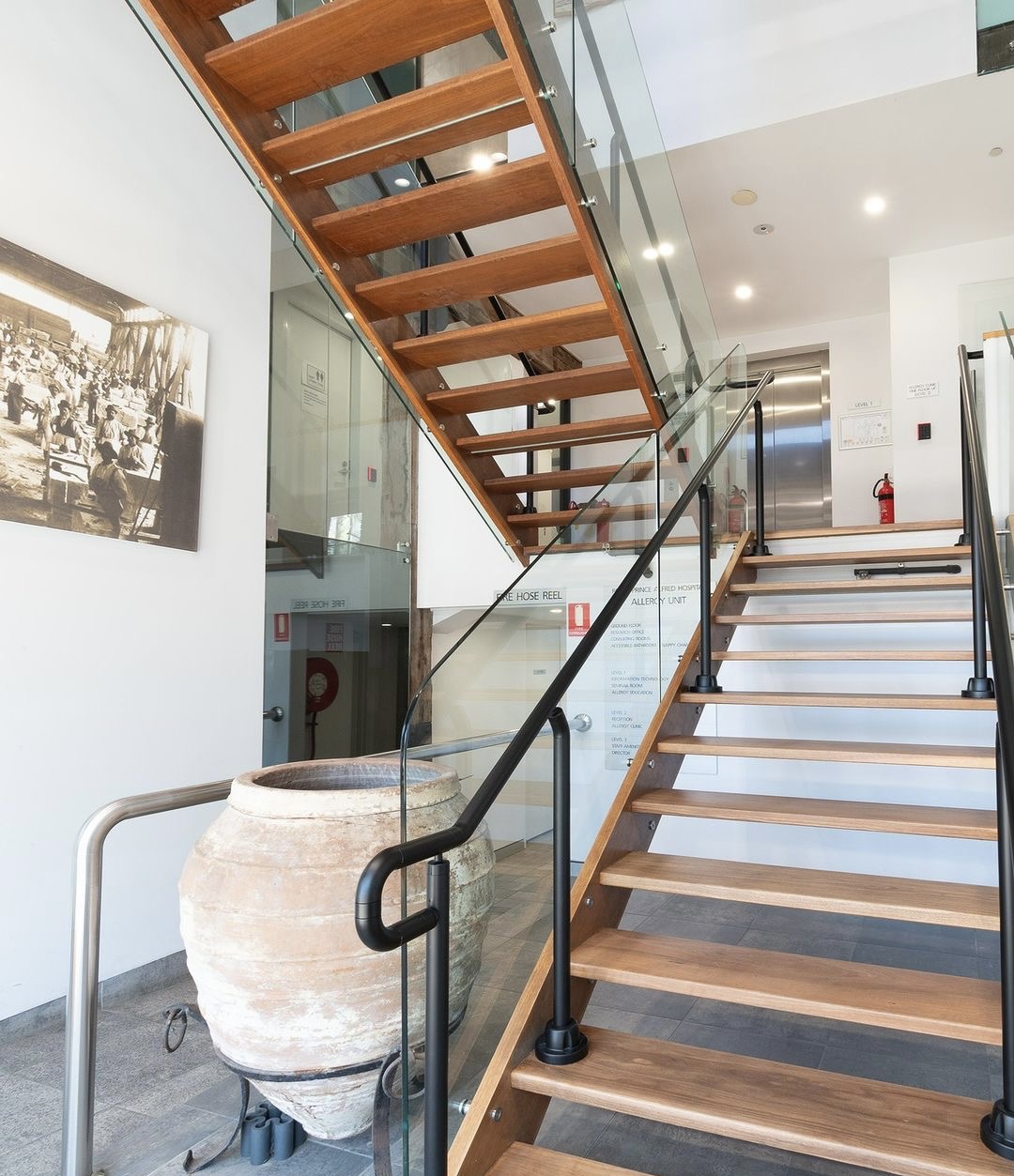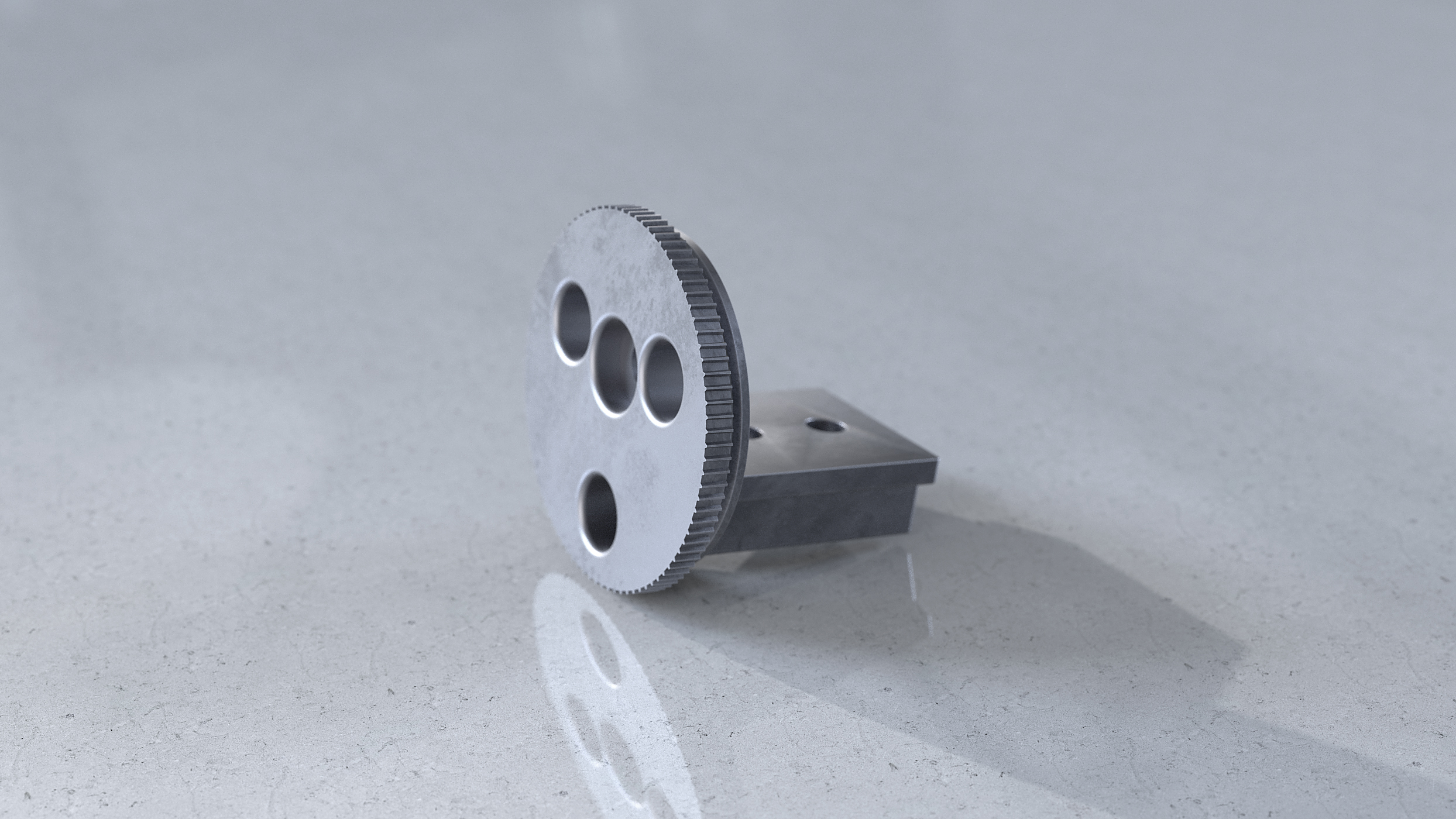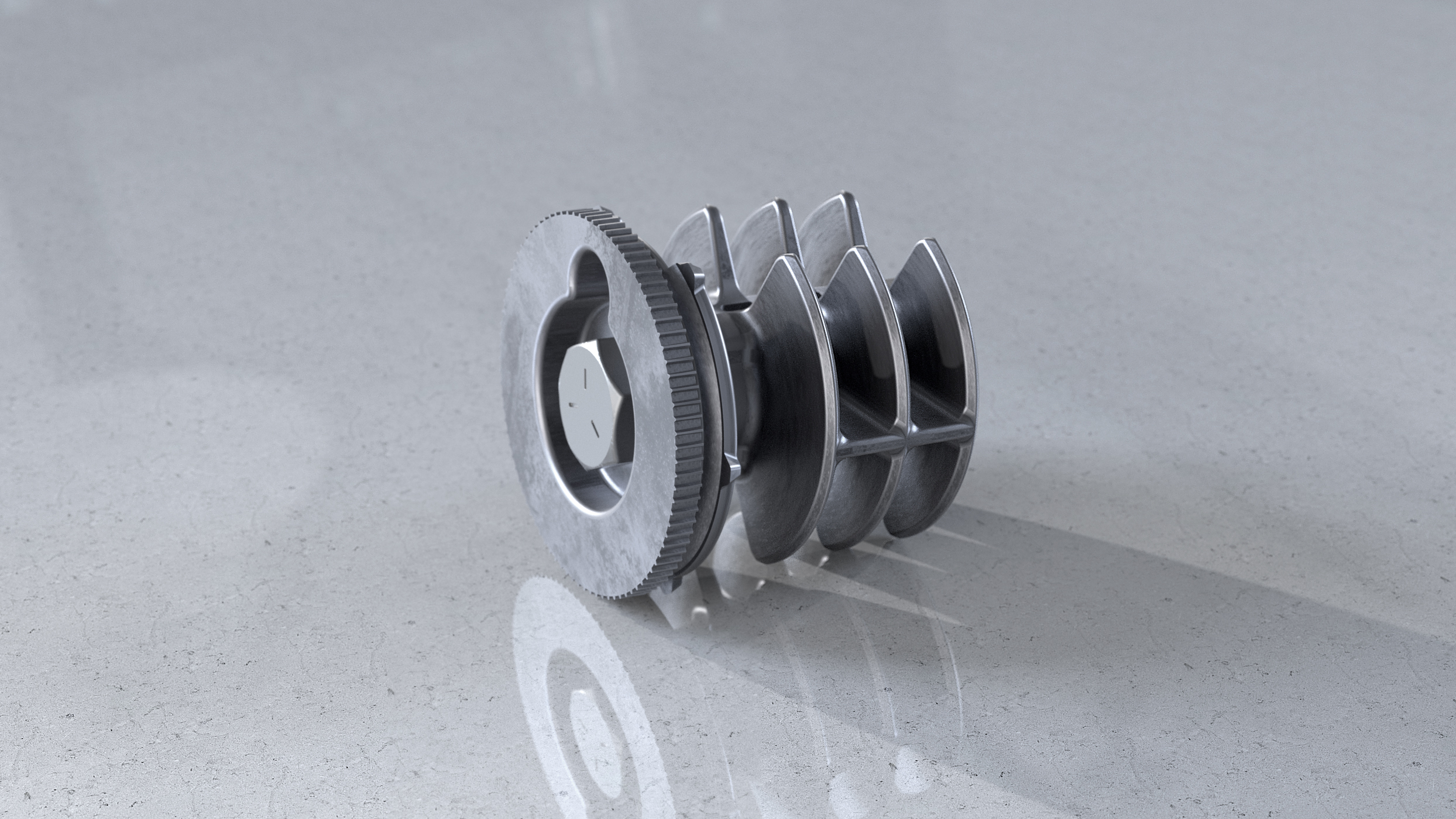Continuing to live in the most comfortable environment is essential to happiness as people age, and for many, this means staying in the home that they love, known as aging-in-place. Aging-in-place means that seniors are able to live comfortably and safely in their own home as they grow older while maintaining as much autonomy as possible. But one concern as seniors age is whether or not living at home will be a viable option considering the risks of falls and injuries.
In order to age-in-place, modifications to the home may be necessary to ensure the greatest degree of comfort and safety possible. One of the most pressing concerns for seniors aging-in-place is the risk of falls that could result in injury and that can sometimes prove fatal.
Luckily, simple steps can be taken that reduce the risk of falls. Because humans are the most stable on three points of contact, installing handrails and grab bars for seniors can give a third point of contact that increases stability and is essential for navigating through the home safely. These handrails can also be integrated into the home’s decor, fusing function and style.

Determining the Need for Handrails in a Home
When it comes time to integrate safety measures into a home, handrails are a simple change that can modify the home to a senior’s changing needs. To determine whether handrails are needed, occupational therapists recommend being on the lookout for three tell-tale signs:
1. Wall Walkers
When the need for a third point of contact while walking becomes necessary, seniors will often begin walking with their hands on the wall for added stability. When this happens, you will usually notice darkening on the walls from wear. This is a sign that handrails for seniors have become necessary to ensure their safety.
2. Furniture Arrangement
Another sign that it’s time to integrate handrails for the elderly into the home is noticing furniture that has been strategically placed around the house to be used for balance assistance. Installing home handrails for the elderly allows them to put their furniture back in place and rely on an ADA-approved support system to move around the home.
3. Bedroom Relocation
When the bedroom has been moved downstairs, to an office or formal dining area for example, to avoid having to use the stairs, that is a sign that home handrails for seniors are necessary. If navigating stairs has become too difficult, it’s likely that there are other mobility issues at play, and installing handrails in hallways, in bathrooms, and on walkways will be beneficial to those aging-in-place.
What to Look for When Choosing Handrails

In addition to ADA requirements that ensure handrail safety, there are a few key things to consider when putting handrails in a home:
1. Visual Aesthetics

People take great pride in the aesthetics of their home, so recommending a home handrail may not go over well as they are not generally thought of as appropriate decor. Fortunately, there are beautiful handrail options that will integrate into the home’s existing style.In fact, he aesthetics of a handrail is often the #1 roadblock to acceptance for seniors and can be a great selling point if they are hesitant to install one in their home.
A caveat to integrating handrail with decor: Many homeowners would like a color that blends in with the background wall. But as we age, so does our eyesight. A handrail that contrasts with the color of the wall can also be very stylish and will be seen much better with aging eyes.
2. Quick Installation
When the time comes to begin integrating aging-in-place measures into a home, the less disruption, the better. Promenaid handrails are quick and easy to install, allowing the house to remain a home rather than becoming a construction site.
3. Gripability and Continuity

Handrails for the elderly that adhere to ADA Standards will ensure a smooth and uninterrupted grip. This allows seniors to move about the home without fear of losing their grip or having to adjust their grip as they utilize the handrail.
4. Strength
Handrails are intended to be functional and safe, and therefore must be strong and durable to support seniors. This durability allows the handrails to be pushed and pulled without the fear of them collapsing under the strain of use. Promenaid handrail brackets can support 500 lbs of pressure each, ensuring their strength and durability for many years.
Promenaid Handrails for Seniors

Promenaid handrails for seniors comply with ADA Standards, meaning that they are the safest option for those in need of additional support when moving around the home.
Whether the need is for inside or outside handrails for the elderly, Promenaid handrails are the ideal choice as they are effective in both wet and dry conditions.
Fully customizable, Promenaid handrails have been designed for the ultimate amount of flexibility. From the continuous channel that allows brackets to lock in place exactly where they are needed, to the universal joints that create continuous handrails where they are needed most, Promenaid handrails are the most effective choice for handrails for seniors.
Promenaid handrails can be used in a variety of places, creating a way to safely navigate through the home.
On stairs

Installing a handrail on a stairway, ensures additional support as seniors climb up or down. Promenaid’s handrails are fully customizable with universal joints, allowing handrails to remain continuous even as they climb the stairs, turn corners, and change elevation.

Falls can occur even on a short flight of steps, so installing a handrail for the elderly can add additional safety when entering or exiting the home. Outside handrails for the elderly are essential for allowing them to navigate various weather conditions, including snow and ice, independently.
In hallways or on walkways

Believe it or not, 85% of falls in the home occur outside of bathrooms, and more than half of all falls occur on flat surfaces. This often overlooked fact means that, many times, handrails aren’t installed in hallways or walkways where, in fact, they are needed most. ADA wall returns ensure that clothes and bags don’t get snagged, further reducing the possibility of a fall.
In the bathroom

Fifteen percent of falls occur in the bathroom. Installing a handrail or grab bar in the bathroom can help reduce the risk of bathroom falls. Promenaid handrails are perfect for both wet and dry conditions, making them the ideal choice for added safety in bathrooms, especially inside the shower or tub.
Select a Reliable Handrail

Selecting a reliable handrail means that it should be functional and able to support seniors as they age-in-place, making their home as comfortable as possible. Promenaid handrails provide continuous and uninterrupted support.
With Promenaid, you can hold on to what matters and increase safety in the home, creating a safe, functional, and beautiful space.






